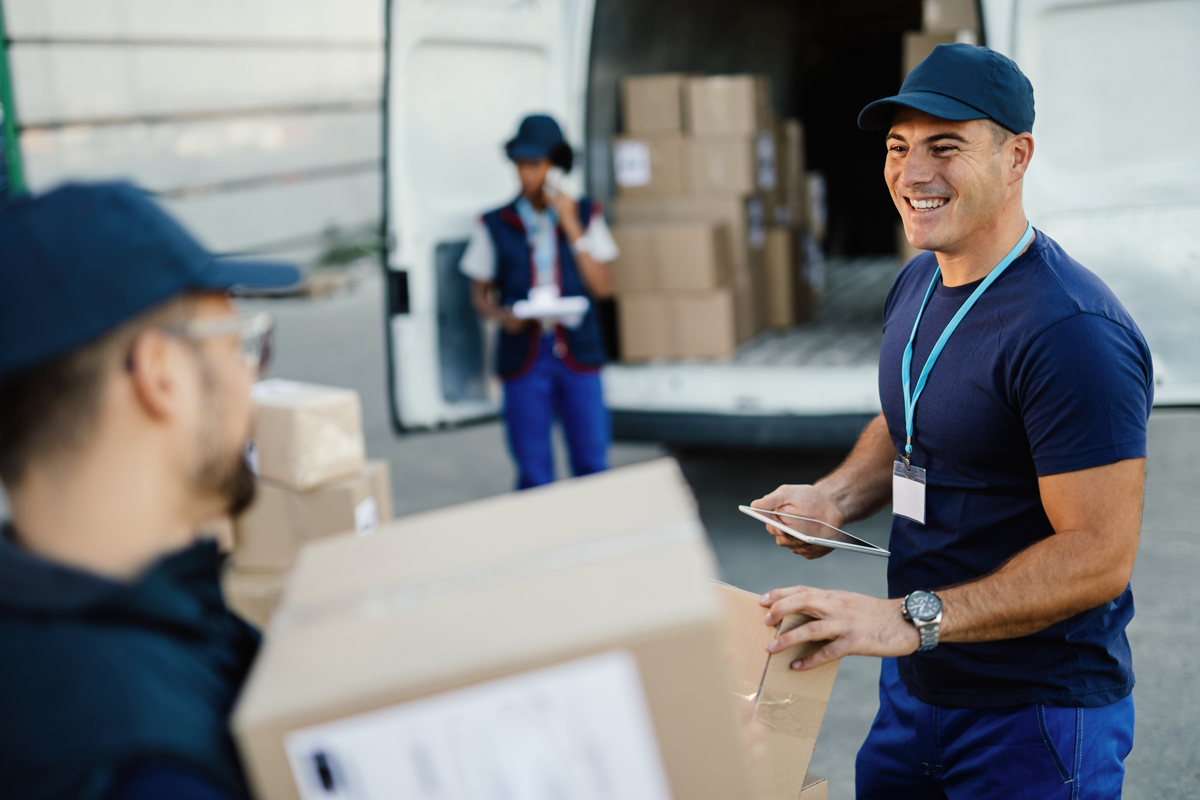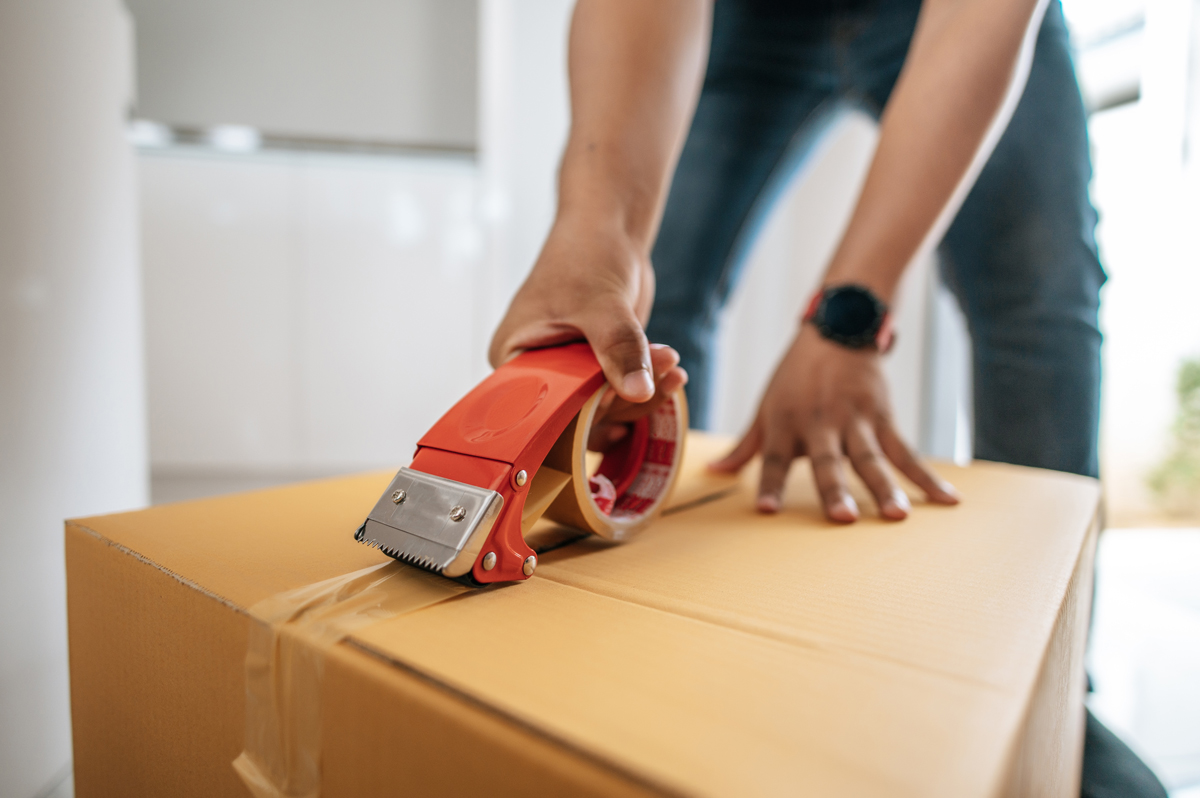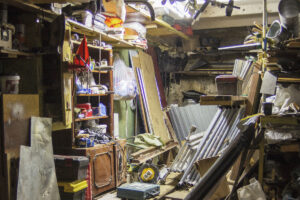Moving homes can be an exciting new chapter in life, but it can also be incredibly challenging. Between sorting and packing your belongings, coordinating with movers, and adjusting to a new environment, it’s no wonder that moving is considered one of life’s most stressful events.
The good news is that there are ways to make the entire process smoother and less overwhelming. In this article, Pro Move Storage shares seven tips for making your move easier on yourself and your family, so you can focus on settling into your new home with as little stress as possible.
1. Set a Timeline
The first step towards a successful move is to decide on the date of your move. Once you’ve finalized a date, set up a moving timeline that outlines all the tasks that need to be completed before the move can happen.
Depending on how much time you have to prepare, you can break down the tasks into manageable pieces that allow you to pack up your entire house without feeling overwhelmed.
Remember to assign specific tasks to different family members based on their strengths and availability. This will help to keep the entire family sane and organized during the packing process.
Allow for any unexpected delays or roadblocks that might occur during the move. A one-size-fits-all approach might not be suitable for everyone, so we recommend being flexible with your timeline to account for any necessary adjustments.
Setting a moving timeline can help to reduce the stress level in the home and provide a sense of stability during a time of disruption in your life.
2. Research Your New Area
Taking the time to become familiar with your new community can make all the difference when it comes to settling into your new home. Before moving, take some time to visit websites and read reviews about the area. This will give you an idea of what to expect and help you make a more informed decision.
It’s also a good idea to schedule tours of the area, including local businesses and community centers. This will help you get a sense of the community and make you feel more at home.
Researching your new area can help ease the stress and uncertainty of moving. It can make you feel more at home in your new community. So take the time to do your research and make the most of this exciting new chapter in your life!
3. Make Checklists of What to Pack and When
Moving can be a stressful process, especially when it comes to packing. In order to make the process easier, it is important to create a moving checklist based on the type of items that need to be packed. This will help you keep track of what needs to be packed and when. [1]
List all the items that need to be packed separately. This includes fragile items such as glassware, plates, and mirrors. To ensure their safe transportation, it is recommended to use packing materials such as:
- Bubble wrap
- Cardboard boxes
- Plastic wrap
These boxes can be marked as fragile to ensure that they are handled with care during transportation.
Prioritizing packing based on their frequency of use and importance in your day-to-day lives is also helpful. Start packing items that are not used often, such as:
- Decorative pieces
- Extra linens
- Seasonal clothing
As moving day approaches, start packing items that are used more frequently, such as essential kitchen items, toiletries, and clothes.
Making checklists of what to pack and when can help reduce stress and ensure that nothing is forgotten during the packing process.
By prioritizing packing based on the frequency of use and importance and using appropriate packing materials, you can ensure the safe transportation of your belongings.

4. Make a Budget & Stick to It
Moving can be a stressful time, especially when it comes to finances. To alleviate some of this stress, it is important to create a personalized moving budget to ensure that your move does not cost more than you can afford. [2]
The first step is to list all estimated costs for the move; this will give you a clear idea of what to expect and how much you should be saving for move-related purposes, including:
- Packing materials
- Post-moving expenses
- Transportation
Create a realistic and personalized moving budget based on your estimated costs. Take into consideration your income, expenses, and any savings you may have set aside for the move. It is important to be honest with yourself and prioritize your expenses.
To stick to your budget, monitor your expenses regularly and adjust accordingly. If something unexpected comes up, reassess your priorities and make sure that you are not overspending. Remember, it is more important to stick to your budget than to have everything perfect during the move.
5. Consider Hiring Movers for Large Items & Heavy Lifting
When it comes to moving, some items can be a real challenge to transport. Large and heavy items such as furniture require special handling, and attempting to move them on your own can pose risks to both your safety and your property. That’s where professional movers come in.
Moving experts have the tools and experience needed to safely move even the largest and heaviest of items.
They have the equipment to lift and transport heavy objects without damaging them or injuring themselves or anyone else.
When considering hiring professional movers, it is vital to research and compare quotes from several moving companies to find the best option for your specific needs and budget.
A trustworthy moving company will provide all necessary moving equipment and resources, as well as insurance coverage for any damages incurred during transport. This way, you can have peace of mind knowing that your items are in safe hands.

6. Keep Essential Items Handy
When you move to a new home, it can take some time to settle in and get everything unpacked, organized, and in its place. To help make the process more comfortable and less stressful, make sure to keep essential items handy. These include things like:
- Basic tools
- Important documents
- Linens
- Medication
- Plastic dishes
- Toiletries
Separate these items from the rest of your belongings and pack them in clearly labeled boxes or bags that you keep with you, rather than loading them onto the moving truck.
This way, you can access them quickly and easily without having to dig through a mountain of boxes. Having things like bedding, towels, and a shower curtain readily available can also help make the first few days in your new home more comfortable.
7. Label All Boxes Clearly & Color-Code Them if Needed
Labeling and color-coding boxes can help you to stay organized and ensure that your belongings reach their correct destination.
When packing, assign a color to each room and label the top and two sides of every box accordingly. This way, you can quickly identify the contents of each box and where it belongs.
To take it a step further, use multi-colored packing labels or different colored tape to match the colors on the boxes to the room entrances in your new home.
This tactic can save you a significant amount of time on moving day and help you stay organized throughout the entire moving process. With a color-coded system in place, you can easily direct the movers and avoid any confusion.

References
[1] The Ultimate Moving Checklist and To-Do Timeline. (2022, August 30). Real Simple. https://www.realsimple.com/home-organizing/organizing/moving/moving-checklist
[2] Orentas, G. (2023, May 3). How To Create A Moving Budget. Forbes Home. https://www.forbes.com/home-improvement/moving-services/how-to-create-a-moving-budget/



